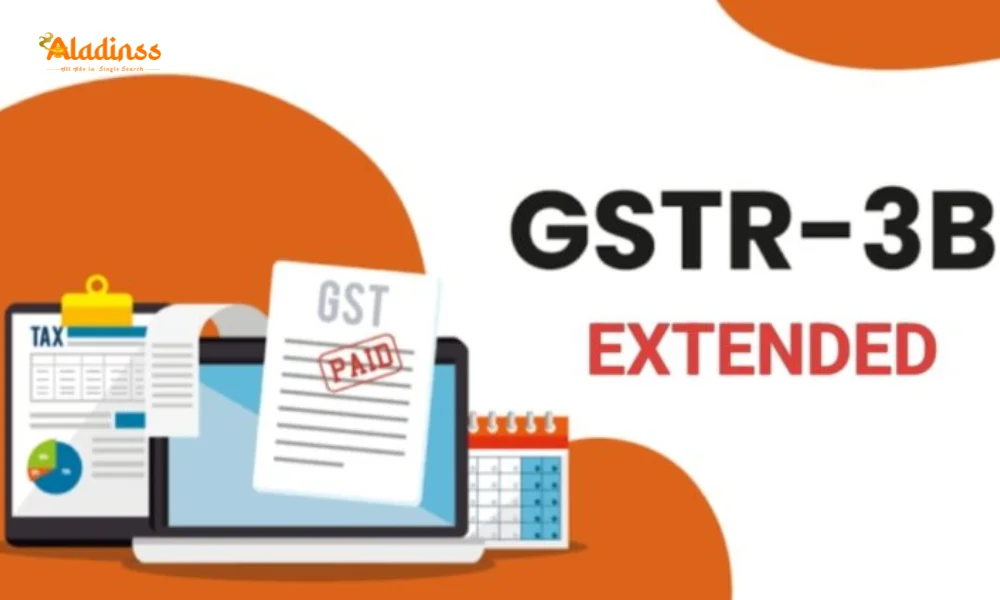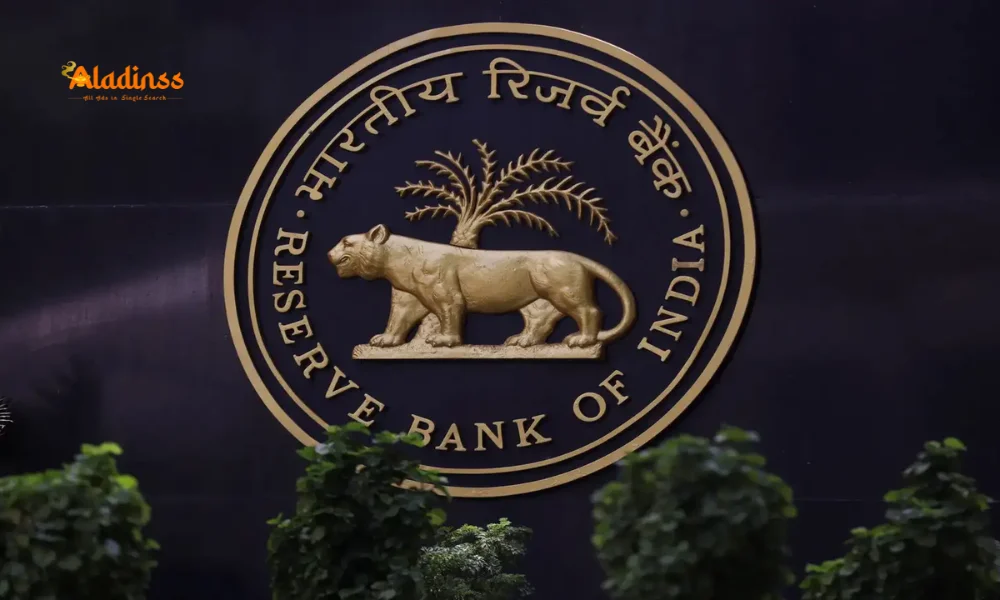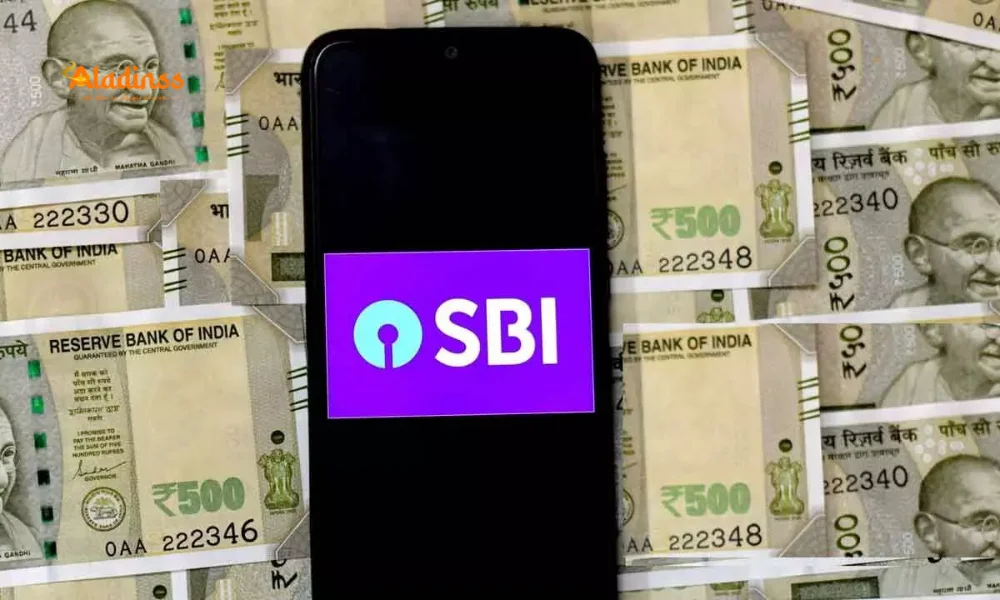Gov Employees Gain 75% Equity in LC75 and BLC After NPS UPS Boost

Central Govt Employees Gain New NPS, UPS Options: Up to 75% Equity in LC75 & BLC
In a major boost for retirement planning, the Central Government has approved the extension of LC75 and BLC investment options to central employees under the National Pension System (NPS) and Unified Pension Scheme (UPS). Announced on October 24, 2025, this move enhances flexibility by allowing up to 75% equity allocation in high-return assets, helping employees build a robust corpus while managing risks through age-based tapering. This development aligns with the government's push for inclusive financial security, effective immediately for eligible subscribers.
Previously limited to conservative options, central government staff can now access advanced lifecycle funds like LC75 (Lifecycle Fund 75) for aggressive equity exposure and BLC (Balanced Lifecycle Fund) for a moderated approach. These additions complement existing choices, empowering employees to tailor investments to their risk appetite and long-term goals. As UPS completes its first year since launch in April 2025, this update underscores the evolving pension ecosystem in India.

Understanding LC75 and BLC: New Equity-Focused Options
The introduction of LC75 allows central government employees to allocate up to 75% of their pension contributions to equity funds, ideal for those seeking higher returns over the long term. This lifecycle fund automatically adjusts equity exposure, reducing it gradually from age 35 to 55 to just 15%, thereby shielding the corpus from market volatility as retirement nears. Similarly, BLC offers a balanced portfolio with a mix of equities, corporate bonds, and government securities, maintaining 35% equity at age 55 for sustained growth with moderated risk.
These options were previously available only to non-government subscribers, but their extension to central staff democratizes access to sophisticated investment strategies. By enabling higher equity exposure, the government aims to combat inflation and enhance retirement savings, especially for younger employees who can tolerate market fluctuations. The Pension Fund Regulatory and Development Authority (PFRDA) oversees these funds, ensuring transparency and regulatory compliance.
Expanded Investment Choices Under NPS and UPS
With the new approvals, central government employees now have a diverse set of investment patterns to choose from under both NPS and UPS. These include the default option as defined by PFRDA, which balances risk and return; Scheme G, offering 100% investment in government securities for conservative, low-risk fixed returns; LC-25 with up to 25% equity tapering from age 35; and LC-50 with 50% equity allocation similarly tapering.
- BLC: A modified LC-50 variant where equity tapering begins at age 45, allowing prolonged exposure to equities for potentially higher yields.
- LC75: The most aggressive option with 75% initial equity, ideal for growth-oriented investors.
This expanded portfolio empowers employees to align their retirement strategy with personal financial goals, whether prioritizing stability or growth. The automatic glide path in lifecycle funds ensures risk mitigation, making these options suitable even for those new to investing.
What is the Unified Pension Scheme (UPS)?
Launched on April 1, 2025, the UPS serves as an assured-benefit alternative within the NPS framework, addressing concerns over market-linked uncertainties. It guarantees a minimum pension of 50% of the average basic pay over the last 12 months of service for employees with at least 25 years of contribution, with proportionate benefits for shorter tenures down to 10 years. Family pensions are assured at 60% of the retiree's entitlement, providing lifelong security.
UPS operates on a fund-based model, pooling contributions from employees (10% of basic pay + DA) and the government (14% + 18.5% matching for UPS-specific corpus). Unlike pure NPS, it includes inflation adjustments via Dearness Relief and lump-sum payments at retirement without affecting the pension amount. As of July 2025, over 31,500 employees had opted in, with the enrollment deadline extended to September 30, 2025. Recent rules also allow a one-time switch back to NPS one year before retirement.
How NPS and UPS Benefit Central Government Employees
NPS, introduced in 2004, shifted pensions to a defined-contribution model, allowing market-linked growth but exposing retirees to volatility. UPS mitigates this by guaranteeing outcomes while retaining investment flexibility through options like LC75 and BLC. Employees can now balance assured payouts with potential equity-driven returns, fostering a hybrid approach to retirement planning.
For new joiners post-April 2025, UPS is the default, but they can opt for NPS. Existing NPS subscribers had until September 30, 2025, to switch, with tax benefits extended to UPS contributions under Section 80CCD. This integration promotes financial inclusion, ensuring dignity in retirement amid India's economic growth.
Risk Management in Lifecycle Funds
The lifecycle design of LC75 and BLC incorporates a glide path that automatically de-risks portfolios as employees age. For LC75, equity starts at 75% for those under 35, decreasing linearly to 15% by 55, with the balance shifting to debt instruments. BLC follows a similar path but starts tapering later, preserving higher equity (35% at 55) for balanced growth.
This mechanism protects against equity market downturns near retirement, a common concern in NPS. PFRDA's oversight ensures diversified fund managers and transparent performance reporting, building trust among subscribers. Early adoption of these options could significantly enhance corpus growth for mid-career employees.
Eligibility and Enrollment Process
All central government employees under NPS as of April 1, 2025, are eligible for UPS and the new investment options. New recruits post this date default to UPS but can switch to NPS. To enroll, submit Form A1 (new joiners) or A2 (existing NPS members) via the Drawing and Disbursing Officer (DDO) by the deadline. Spouses of deceased subscribers also qualify for benefits.
Switching back from UPS to NPS is permitted one year before superannuation or three months before voluntary retirement, per the CCS Rules 2025. This one-way flexibility (UPS to NPS) allows reversibility without locking employees in.
Impact on Retirement Planning and Economy
By offering assured pensions alongside equity growth potential, UPS and enhanced NPS options address long-standing demands for pension reform. Over 31,500 employees opted for UPS by July 2025, reflecting strong interest. This could boost household savings, channel more funds into capital markets, and support India's $5 trillion economy goal.
For families, UPS's 60% family pension and gratuity benefits provide a safety net. Economically, increased equity investments via LC75 could deepen market liquidity and promote long-term financial literacy among public servants.
Comparing NPS, UPS, and Investment Options
NPS offers market-linked returns with flexibility but no guarantees, while UPS ensures 50% assured pension with investment choices. LC75 suits aggressive investors under 35, BLC for balanced profiles, and Scheme G for risk-averse ones. Employees should assess age, risk tolerance, and goals before selecting.
Tax incentives under Section 80CCD apply to both, with UPS contributions deductible up to 14% of salary. This reform not only secures retirements but also aligns public sector savings with national growth priorities.
Future Outlook and Recommendations
As UPS gains traction, PFRDA may introduce more innovations, potentially extending to state employees. Employees are urged to consult financial advisors for personalized switches, especially with the September 2025 deadline passed but switch-back options available. This evolution in pension schemes marks a progressive step toward equitable retirement security in India.
With enhanced options like LC75 and BLC, central employees can now proactively shape their financial futures, blending growth with guarantees. As the schemes mature, monitoring performance and policy updates will be essential for optimal outcomes.
Comment / Reply From
No comments yet. Be the first to comment!









